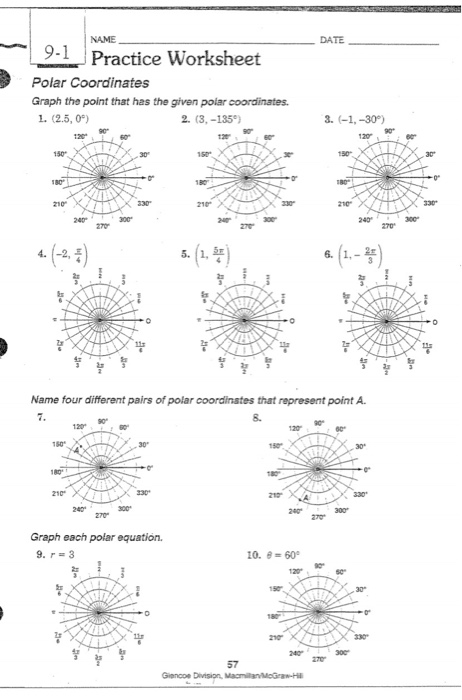

Gravitational as well as motional time dilation must be considered for each object of interest, and the effects are functions of the velocity relative to the reference frame and of the gravitational potential as indicated in ( 2). The proper time of objects within a gravity well will pass more slowly than the coordinate time even when they are at rest with respect to the coordinate reference frame. This notional clock, because it is outside all gravity wells, is not influenced by gravitational time dilation. The choice of a time coordinate implies the choice of an entire frame of reference.Īs described above, a time coordinate can to a limited extent be illustrated by the proper time of a clock that is notionally infinitely far away from the objects of interest and at rest with respect to the chosen reference frame. Even such an illustration is of limited use because the coordinate time is defined everywhere in the reference frame, while the hypothetical observer and clock chosen to illustrate it has only a limited choice of trajectory.Ī coordinate time scale (or coordinate time standard) is a time standard designed for use as the time coordinate in calculations that need to take account of relativistic effects. Only for explanatory purposes it is possible to conceive a hypothetical observer and trajectory on which the proper time of the clock would coincide with coordinate time: such an observer and clock have to be conceived at rest with respect to the chosen reference frame ( v = 0 in ( 2) above) but also (in an unattainably hypothetical situation) infinitely far away from its gravitational masses (also U = 0 in ( 2) above). The coordinate times cannot be measured, but only computed from the (proper-time) readings of real clocks with the aid of the time dilation relationship shown in equation ( 2) (or some alternative or refined form of it). A derivation, starting from the Schwarzschild metric, with further reference sources, is given in Time dilation due to gravitation and motion together.

Where dx, dy, dz and dt c are small increments in three orthogonal spacelike coordinates x, y, z and in the coordinate time t c of the clock's position in the chosen reference frame.Įquation ( 2) is a fundamental and much-quoted differential equation for the relation between proper time and coordinate time, i.e. For a clock whose spatial coordinates are constant, the relationship between proper time τ ( Greek lowercase tau) and coordinate time t, i.e. Mathematics įor non-inertial observers, and in general relativity, coordinate systems can be chosen more freely. a clock located at the solar system barycenter would not measure the coordinate time of the barycentric reference frame, and a clock located at the geocenter would not measure the coordinate time of a geocentric reference frame. īut outside special relativity, the coordinate time is not a time that could be measured by a clock located at the place that nominally defines the reference frame, e.g. Two events are called simultaneous in a chosen reference frame if and only if the chosen coordinate time has the same value for both of them and this condition allows for the physical possibility and likelihood that they will not be simultaneous from the standpoint of another reference frame. Specific clock synchronization procedures were defined by Einstein and give rise to a limited concept of simultaneity. Synchronization, along with the related concept of simultaneity, has to receive careful definition in the framework of general relativity theory, because many of the assumptions inherent in classical mechanics and classical accounts of space and time had to be removed. 1 Coordinate time, proper time, and clock synchronizationĬoordinate time, proper time, and clock synchronization Ī fuller explanation of the concept of coordinate time arises from its relations with proper time and with clock synchronization.


 0 kommentar(er)
0 kommentar(er)
